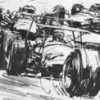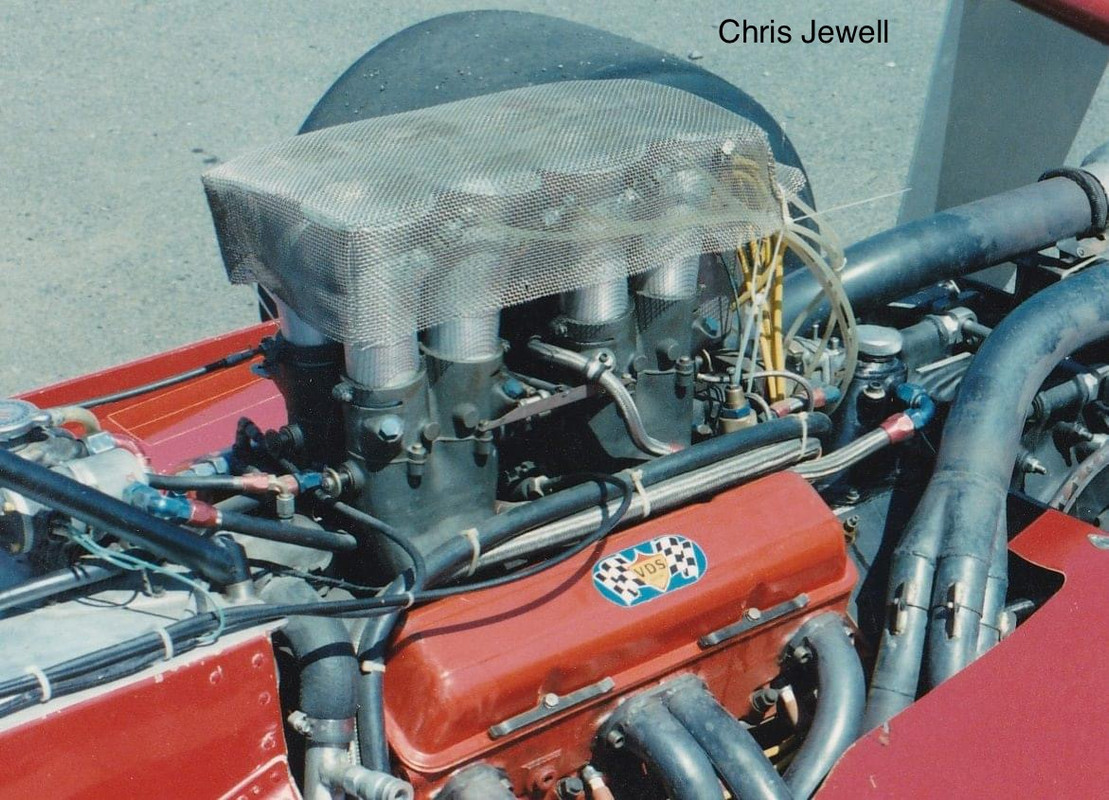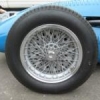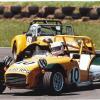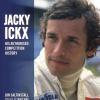Nice James,
I wondered who led the build of Garrie's in-house Chevs. I guess his two Repco-Holdens went out the door in the sale of his MR5B and MS7: Edmonds and Kostera from memory.
Eight-into-one howled during the 78 AGP weekend, for a while…
Alan Hamilton had a pair of VDS Chevs that went into the back of the Lola T430 and later the M26 McLaren, as here. 535bhp so the talk had them. His CFO told me they were flown home to Indianapolis for a birthday each year, expensive rebuilds!
I doubt very much in the period the Hamilton cars (T430 and the M26 ) had over 500bhp.


